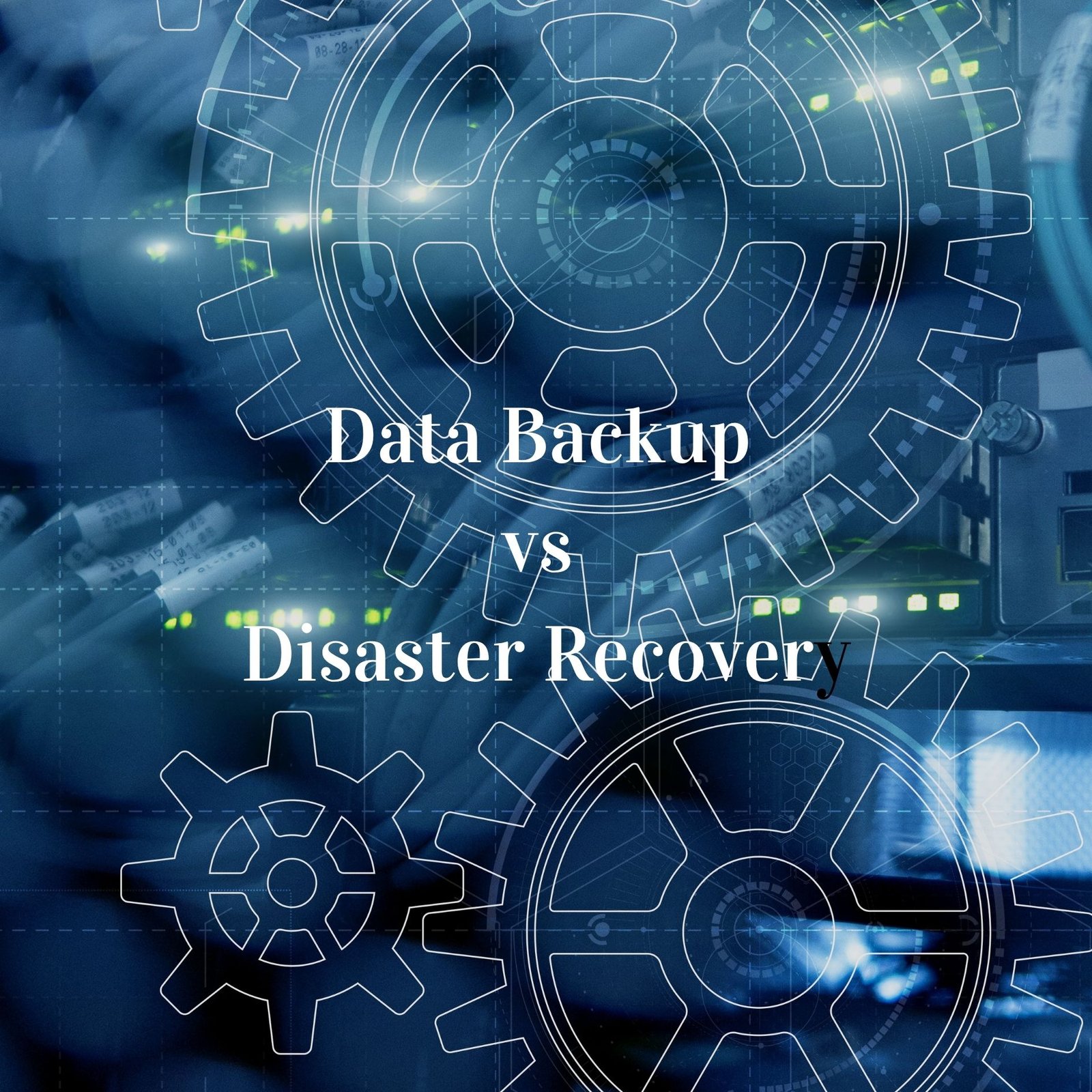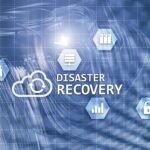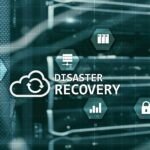Table of Contents
Introduction
In a time when data is the lifeblood of every business, safeguarding that data is not optional—it’s essential. As we move deeper into 2025, the risks of data loss, cyberattacks, and system failures continue to rise. Yet, many businesses still confuse data backup with disaster recovery (DR)—assuming one is enough to cover all bases. The truth is, while both are critical components of business continuity, they serve distinct purposes.
In this article, we’ll break down the difference between data backup and disaster recovery, why your business needs both, and how to build a resilient strategy using modern data backup and disaster recovery planning services.
What is Data Backup?
Data backup is the process of copying and storing data to ensure it’s not lost in case of accidental deletion, corruption, or minor hardware failures. Backups are typically saved on external drives, cloud platforms, or other secure storage environments.
Key Characteristics:
- Stores copies of data at specific intervals
- Allows restoration of files or databases
- Supports recovery from accidental loss or corruption
Examples:
- Nightly backups of financial databases
- Cloud backup of employee documents
- Weekly offsite backups for archival
While backup protects data, it doesn’t guarantee business continuity if infrastructure or systems go down.
What is Disaster Recovery?
Disaster recovery (DR) refers to a broader plan that enables an organization to restore full systems, applications, and data after a major incident such as a ransomware attack, data center outage, or natural disaster.
Key Characteristics:
- Includes infrastructure, apps, and systems
- Focuses on minimizing downtime and disruption
- Typically includes predefined Recovery Time Objective (RTO) and Recovery Point Objective (RPO)
Examples:
- Full system failover to a secondary site
- Virtual machine replication for immediate access
- Disaster recovery as a service (DRaaS)
Disaster recovery is the framework that activates when backup alone isn’t enough.
Data Backup vs Disaster Recovery: Key Differences
| Feature | Data Backup | Disaster Recovery |
| Purpose | Save copies of data | Faster, automated, or orchestrated |
| Scope | Files and folders | Full systems and infrastructure |
| Recovery Speed | Slower, manual | Faster, automated or orchestrated |
| Tools Used | Cloud backup, external storage | DRaaS, failover systems, virtual environments |
| RTO & RPO Focus | Optional | Critical |
Why You Need Both in 2025
Modern cyber threats, such as ransomware and data breaches, require businesses to go beyond file backups. Regulatory compliance, customer trust, and operational resilience depend on your ability to maintain both:
- Reliable Data Backups: To ensure no data is permanently lost
- A Disaster Recovery Plan: To resume business operations quickly and efficiently
Without both, businesses risk extended downtime, loss of revenue, and damage to brand reputation.
What to Look for in Backup and DR Planning Services
If you’re evaluating data backup and disaster recovery planning services, here are features to prioritize:
1. End-to-End Coverage
Ensure the provider offers both backup and DR services, with compatibility across cloud, on-premise, and hybrid environments.
2. Fast Recovery Options
Look for services that offer low RTO and RPO thresholds. Instant recovery and failover features are ideal.
3. Security and Compliance
Ensure encryption, secure data transfer, and compliance with regulations like GDPR, HIPAA, or ISO 27001.
4. Monitoring and Reporting
Opt for platforms that provide real-time monitoring, automated testing, and detailed audit logs.
5. Scalability
Choose a solution that grows with your business—across locations, departments, and workloads.
Emerging Trends in 2025
1. DRaaS Adoption: Businesses are increasingly moving away from DIY disaster recovery to managed Disaster Recovery as a Service (DRaaS).
2. AI-Powered Backup: AI is being used to detect backup anomalies and automate threat response.
3. Cloud-First Strategy: Cloud-based backups and DR solutions are favored for cost-efficiency, scalability, and remote access.
4. Zero Trust Integration: Advanced backup and DR plans integrate with Zero Trust security models to ensure data integrity.
Conclusion: Build a Resilient Future
Understanding the difference between data backup and disaster recovery is crucial for every modern business. Backup protects your data. Disaster recovery protects your business.
By investing in both and partnering with experienced data backup and disaster recovery service providers, organizations can stay ahead of threats, reduce downtime, and ensure continuity—no matter what 2025 brings.









